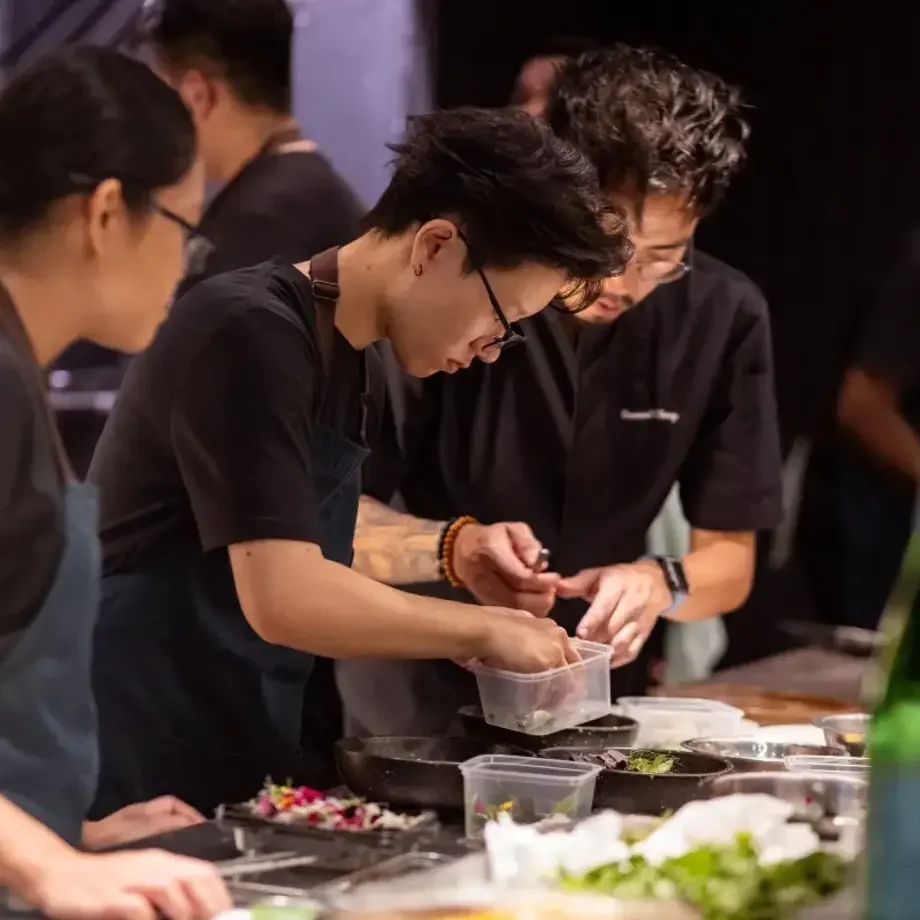What are Horseshoe Crabs?
Despite their name, horseshoe crabs are similar to other crabs in appearance only, though they have carapaces like other crabs. Genetically, they’re most closely related to arachnids. Besides this, however, they somewhat resemble other crustaceans, with five pairs of legs underneath the hard shell for walking and swimming, six pairs of gills, and a tail as long as their body.
Precious Blood
The blue blood of the horseshoe crab you see above is one of the most valuable, unknown and widely used ingredients of the ocean. It is eaten in some parts of Asia, but most people who catch the crabs do so for their lucrative blue blood: blood that is sold in some places for as much as $60,000 a gallon.
Why is such a small amount of this blood so expensive? It’s because the horseshoe crab is used by the pharmaceutical industry to detect bacteria on new devices such as pacemakers and vaccines. The crab’s blood features something called amebocytes which protect the crabs from microorganisms that cause diseases - it is also very sensitive to toxins from bacteria and because of this, it’s used to make Limulus Amoebocyte Lysate (LAL) - a substance that is used to identify contaminants within the medical industry.
The crab, often referred to as a living fossil because it has been around for over 450 million years, is farmed for its amoebocytes. Hundreds of thousands of them are milked of their copper-laden blood every year because the medical industry has come to rely so heavily on LAL. They are collected from beaches, many along the coast of the Atlantic ocean in the USA, and are returned to beaches much further away from where they were collected to prevent accidental re-collection. Unfortunately, during and after the bleeding process, some 10-30% of the creatures do not survive, and among the ones that do, the females are much less likely to mate following the bleeding.












